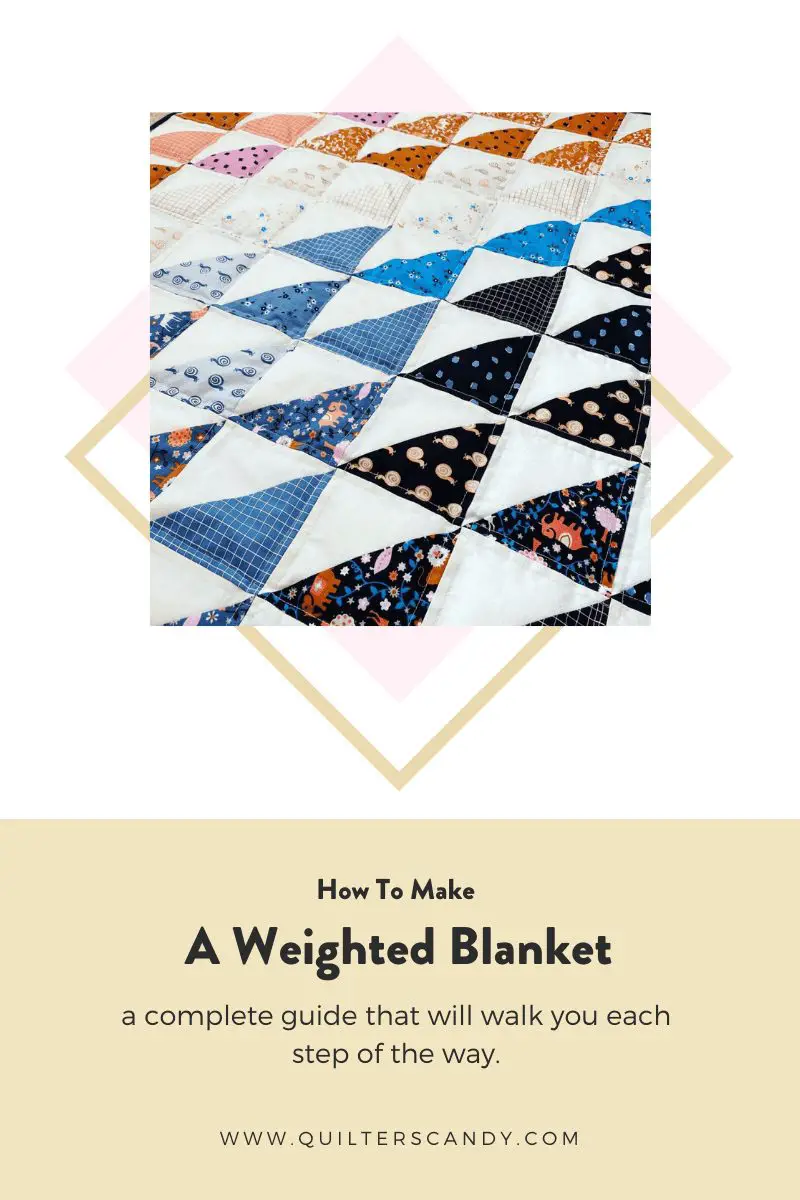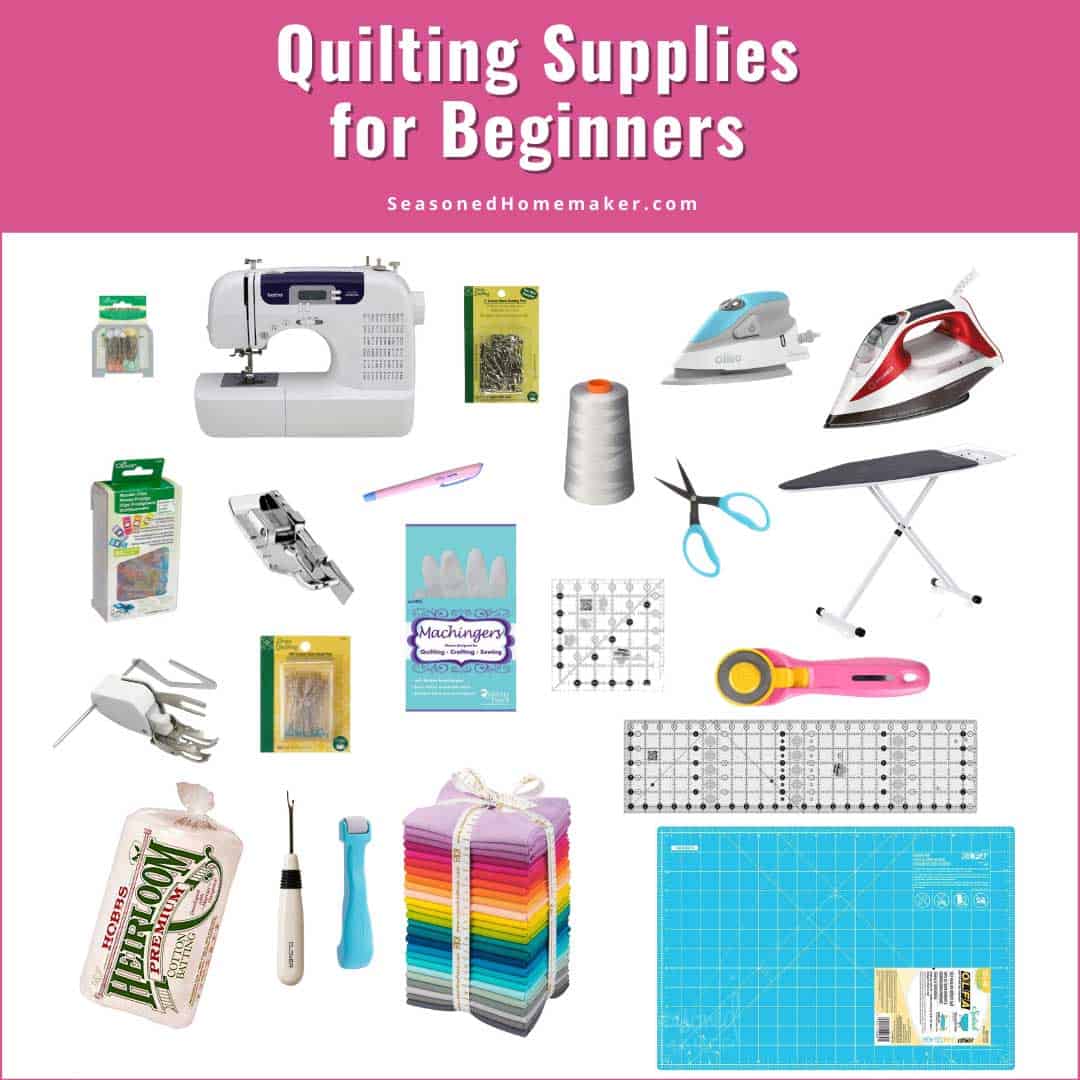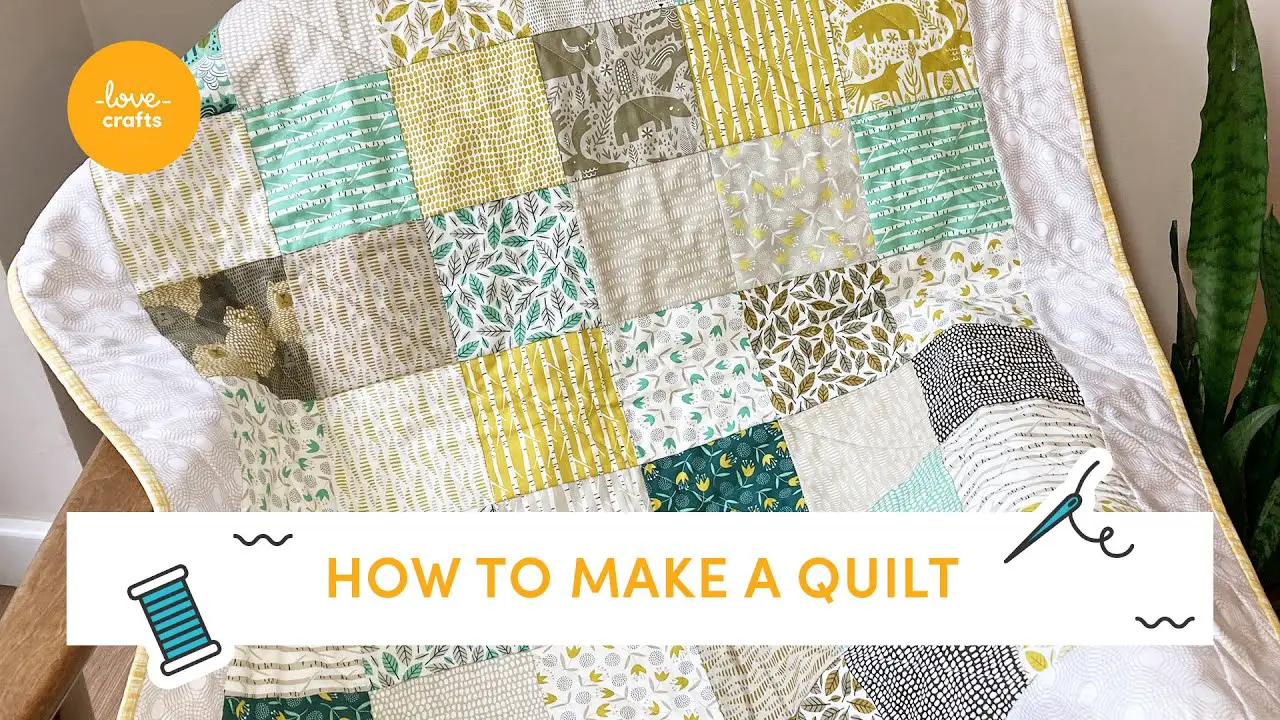Are you looking for an easy way to make a cozy and comforting weighted quilt? If so, then you are in luck! This article will show you how to make a weighted quilt in no time at all. We will provide detailed instructions on the materials you need, the steps you need to follow, and the finishing touches to make the quilt look and feel amazing. With the right materials and a little bit of patience, you can make a beautiful weighted quilt that will last for years. So let’s get started on learning how to make a weighted quilt!
Benefits of Making a Weighted Quilt

Weighted quilts are great for providing deep pressure stimulation, calming the nervous system, and improving sleep. They have become popular among people with autism, ADHD and other sensory processing disorders. Making a weighted quilt is a great way to ensure that the quilt is tailored to the user’s specific needs and preferences. Here are the benefits of making a weighted quilt:
Comfort – Making a weighted quilt allows for customization of the weight that is most comfortable for the user. This ensures that the user is comfortable and relaxed when using the quilt.
Safety – Making a weighted quilt ensures that all materials used are safe and non-toxic. This ensures that the user is safe from any adverse effects from the quilt.
Affordability – Making a weighted quilt is more affordable than buying one ready-made. It also allows for customization, so the user can choose the type and amount of weight they need.
Durability – Making a weighted quilt ensures that it is made with high-quality materials. This provides a durable quilt that will last for years with proper care.
Convenience – Making a weighted quilt is convenient, as it can be done at home or on the go. This allows individuals to customize the quilt to their needs whenever they want.
Making a weighted quilt is a great way to provide deep pressure stimulation and calming benefits to those with sensory processing disorders, as well as those who are seeking better sleep. With the benefits of making a weighted quilt, it is no wonder why they are becoming more popular.
Materials Needed

- Fabric – enough for the top and bottom of the quilt, plus enough to cut strips for the sides.
- Weighted material – usually poly pellets, plastic beads, or rice.
- Thread – enough to match the color of the fabric.
- Sewing machine and sewing supplies (needles, scissors, etc.)
- Measuring tape and marker.
Step-by-Step Guide on How to Make a Weighted Quilt

Gather Materials
Gather the materials needed to make the quilt, including fabric, weights, needle, and thread. Choose a fabric that you like and that is relatively heavy. The fabric should also be machine washable.
Cut the Fabric
Cut the fabric into squares, rectangles, or any other shape desired. The shapes should be the same size and shape, and the size of the shape will depend on the desired size of the quilt.
Sew the Fabric Together
Sew the fabric shapes together to form the quilt top. Use a sewing machine for this step, or sew the shapes together by hand.
Add the Weight
Place the weights inside the quilt, evenly distributing them throughout the quilt. The weights can be poly pellets, plastic beads, or dry rice, depending on the desired weight of the quilt.
Sew the Edges of the Quilt
Sew a zigzag stitch along the edges of the quilt to secure the weights and keep them in place.
Add Finishing Touches
Add any finishing touches such as buttons or patches to the quilt. Sew them onto the quilt with a sewing machine or by hand. Finally, tie the quilt together with a strong thread or yarn.
Tips for Making the Perfect Weighted Quilt
- Choose the Right Fabric – Weighted quilts should be made from a tightly-woven fabric such as cotton or flannel. Looser fabrics, like polyester or satin, should be avoided as they can bunch up under the weight.
- Use the Right Weight Material – To make a weighted quilt, you should use either poly pellets or plastic beads. Poly pellets are often the preferred choice as they are non-toxic, durable, and machine washable.
- Choose the Right Amount of Weight – When deciding how much weight to use, it’s important to consider the size and weight of the person who will be using the quilt. Generally, the weight should range from 2-5 pounds per person.
- Choose the Right Quilt Pattern – When selecting a quilt pattern, it’s important to keep the weight of the quilt in mind. A simple patchwork pattern will distribute the weight more evenly than a more intricate design.
- Use the Right Sewing Techniques – When sewing the quilt, it’s important to use a thick thread and a tight stitch. This will help ensure that the quilt is strong and secure enough to hold the weight.
- Choose the Right Filling – Weighted quilts should be filled with a combination of batting and the chosen weight material. The batting will help provide structure and cushioning to the quilt.
Frequently Asked Questions
What type of fabric is best for making a Weighted Quilt?
Cotton, flannel, fleece, and minky are fabrics that are ideal for weighted quilts. Cotton and flannel offer a soft texture and breathability, while fleece and minky are more plush and warm. Additionally, fabrics that don’t stretch too much are best for constructing a weighted quilt. Fabrics with a higher thread count are ideal since they are more durable and last longer.
What Type of Weight Should I Use for My Quilt?
When creating a weighted quilt, it is important to use the right type of weight. The weight should be evenly distributed throughout the quilt to ensure maximum comfort. The best materials for adding weight to a quilt are plastic pellets or glass beads. Plastic pellets are generally cheaper than glass beads and provide a more even weight distribution, however glass beads are denser and provide a heavier feeling. For optimal comfort, the quilt should contain about 8-10 pounds of weight.
Are There Any Special Techniques I Should Use When Sewing My Quilt?
When sewing a weighted quilt, it is important to use the right techniques to ensure the quilt is made properly and securely. Stitch size and fabric selection are especially important when making a weighted quilt. The stitches should be small, so the batting does not shift, and the fabric should be strong and durable. Additionally, use a walking foot attachment on the sewing machine to ensure even stitching. Finally, use a zigzag stitch to secure the batting in place.
How Long Will It Take to Complete My Quilt?
The amount of time it takes to complete a weighted quilt will depend on the size, complexity of the quilt, and the skill level of the quilter. Generally, a simple-sized quilt can take anywhere from 10 to 20 hours of work. A more complex quilt may take up to 40 hours or more to complete. For a beginner quilter, the process may take longer, as they are still learning the basics of quilting.
How should I care for my weighted quilt?
Hand washing is recommended to maintain the integrity of the weighted quilt’s material and keep its shape. Use a mild detergent and cold water for washing and hang-dry the quilt. Do not machine wash as the quilt may shrink or get damaged due to the weight of the filling. Avoid exposure to direct sunlight as this can cause discoloration of the fabric. Additionally, fold the quilt when not in use, and store it in a cool, dry place.
Conclusion
A weighted quilt is an excellent way to add comfort and a cozy feeling to any room. With just minimal effort, you can create a quilt that is both attractive and functional. With the help of this guide, you can make a weighted quilt that is sure to become a treasured item in your home.
References
- How to Make a Weighted Quilt, AllPeopleQuilt.com
- DIY Weighted Blanket, AllFreeCrochet.com






